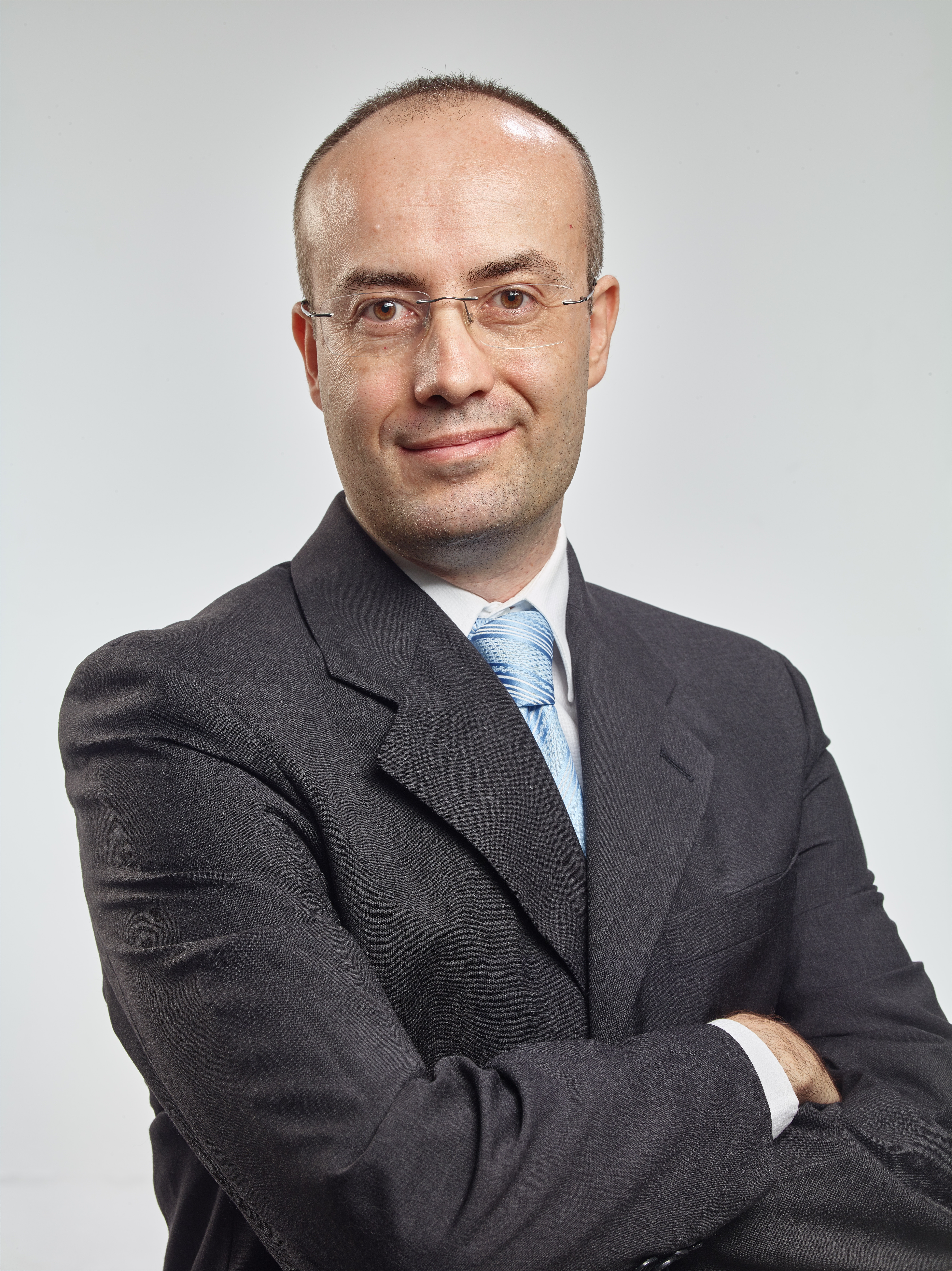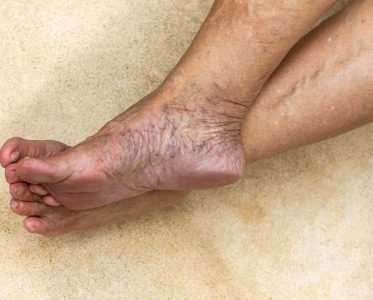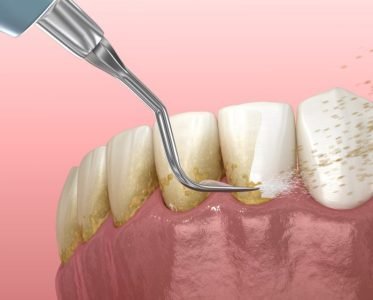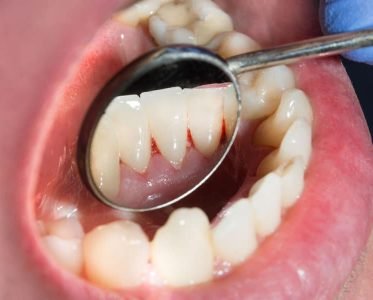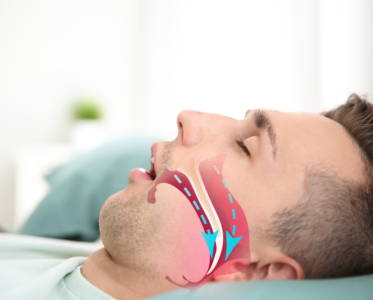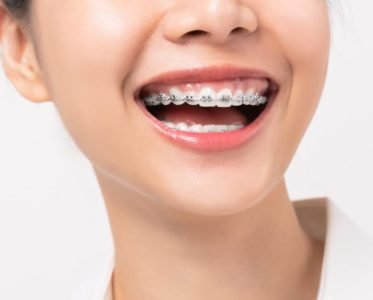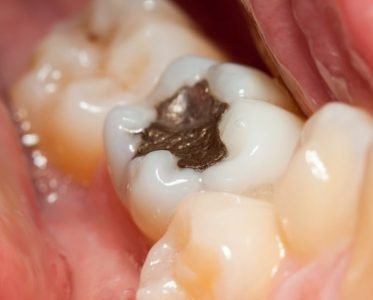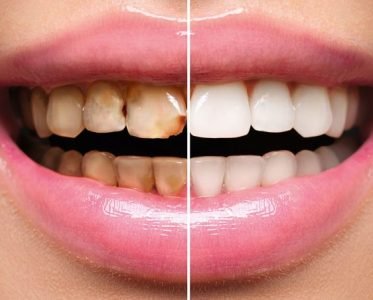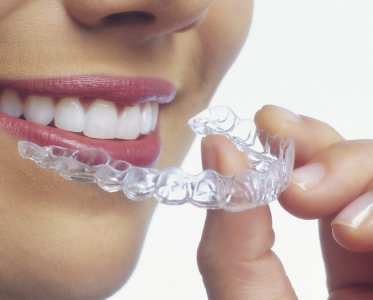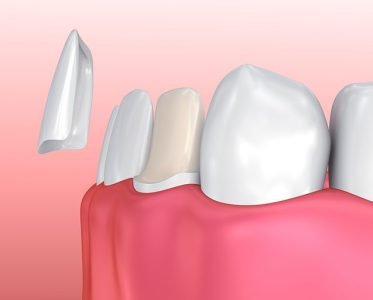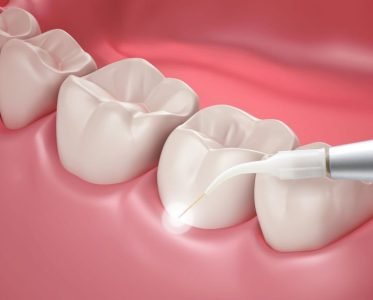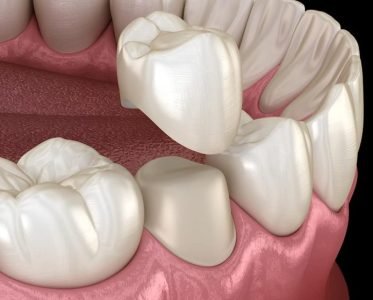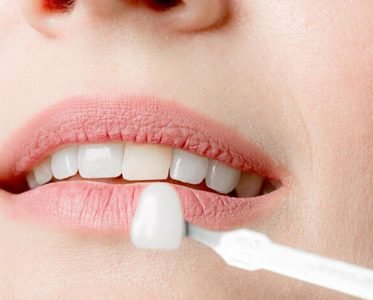Using a moderate sedative (calming medication) during your child’s dental treatment is known as sedation dentistry. When they have to complete numerous procedures simultaneously. The sensation may also be employed when a kid’s safety may be in danger or if your child has a strong gag reflex. Your child dental care specialist will administer sedation.
Understanding that the sedative doesn’t alleviate discomfort or pain is crucial. The dentist at sedation dentistry near me will provide an injection or injections to your child following anesthesia to maintain the treatment region pain-free both during and after the procedure. After the process, the sedative may work for up to 6 hours.
What types of sedation do dentists use for children?
Nitrous oxide or laughing gas
Nitrous oxide or laughing gas is a mild anesthetic or sedative that is relatively safe and will keep your child calm during dental treatments. The dentist who provides pediatric care near me will administer the anesthesia using a “space mask,” which transports air (oxygen) mixed with the drug. Your kid will notice a light, pleasant smell and instruct them to breathe through their nose instead of the mouth. Within five minutes, the sedative will start to take hold, and the mask won’t come off until the procedure is over.
Oral sedatives
You might use oral sedation if your youngster is anxious. Your child can ingest it orally or nasally. Your child will feel a bit sleepy from this medication, but they will remain calm and peaceful throughout the process. Usually, the drug starts working within 20 minutes. Once you get to the appointment, the kids dentist Miami fl will have your child take the medication. The night before the appointment, after midnight, your child should not have eaten or drunk anything if they are receiving sedation.
IV sedation
Intravenous sedation (IV) works by inserting a needle into your child’s vein, usually in the hands or arms. The biggest benefit of IV sedation is that the dentist can keep your child calm for a longer procedure by administering more medication. This kind of sedation requires preparation at home.
What are the essential instructions regarding sedation dentistry?
There are crucial guidelines for eating and drinking that you must observe in the hours leading up to the procedure when sedation is required. You’ll get a call from the Dental Clinic the day before your child’s procedure if it falls on a business day. Depending on your child’s age, you will receive precise advice on what to feed and drink to them. The typical instructions for eating and drinking are listed below.
Infants younger than 12 months:
- Formula-fed infants may be given formula 6 hours before the scheduled arrival time.
- Breastfed infants are permitted to feed up to four hours before the expected arrival time.
For every child:
- On the eve of the surgery, after midnight, avoid giving solid food or opaque liquids.
- Give only clear beverages up to two hours before the expected arrival time.
- Unless the scheduling nurse or your child’s doctor specifically instructs you otherwise, you may administer any daily medications dentist prescribe to your kid.
Conclusion
We hope the above-provided information will help you learn some beneficial facts and information regarding pediatric sedation dentistry. For more informative updates, please visit vippediatricdentist.com.




